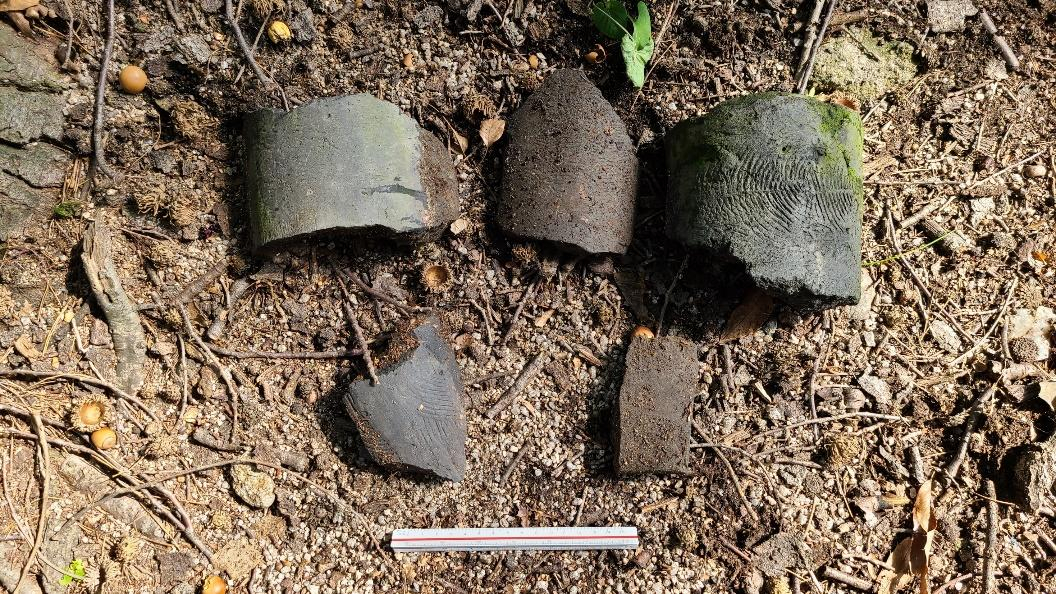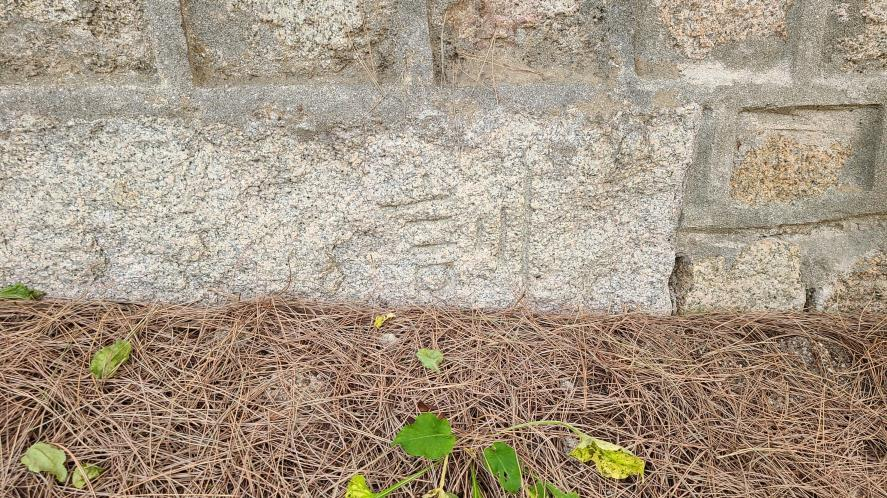[Newsmaker] Goryeo relics found at Cheong Wa Dae
Experts say same standards for studying historical sites should be applied at former presidential compound
By Kim Hae-yeonPublished : Jan. 4, 2023 - 15:30

A number of relics presumed to be from the Goryeo (918-1392) and Joseon (1392-1910) era, have been found in eight different locations within the Cheong Wa Dae grounds, according to the Cultural Heritage Administration on Tuesday.
The CHA's Royal Palaces and Tombs Center unveiled the result of its four-month-long preliminary study of the site. Two associations, including the Korea Association for Architectural History, were commissioned to conduct the study, which took place Aug. 28 to Dec. 23, 2022.
The aim of the study was to lay the academic foundation for gauging Cheong Wa Dae site's historical value and discuss preservation and management of the site.
Pieces of earthenware and giwa, or roof tiles, from the Goryeo and Joseon period were discovered on the former presidential office grounds.
At the bottom of the compound’s stone wall, stones with engravings of Chinese letters were also discovered. The place where the stones were found match the location of the fence of the Gyeongbokgung’s rear garden during the Joseon period.
Scholars pointed out that these findings were made through naked-eye observation after reviewing past aerial photographs and building layout maps.
"A preliminary study means that we are at the first steps of research, and all historical narratives related to the relics are mere presumptions at this point. There needs to be extensive research from diverse angles over a long period of time." Chun Young-woo, a Kookmin University honorary professor told The Korea Herald, Wednesday.
During the Goryeo era, what is Cheong Wa Dae grounds today, were used as a secondary palace at Namgyeong, according to historical records. Namgyeong means the "southern capital." The two other capitals at the time were Seogyeong (western capital) in Pyeongyang and Donggyeong (eastern capital) in Gyeongju.
Goryeo kings stayed at the three locations during regional visits away from the capital Gyeseong.
Studies show that during the Joseon era, the current Cheong Wa Dae site was used as Gyeongbokgung Palace's rear garden.
"The fact that the relics go back to the Goryeo era opens the possibility that Cheong Wa Dae could be of even higher historical value." Lee Jae-woon, a professor at Jeonju University and chairperson of Cultural Heritage Committee's Historic Site Division, told The Korea Herald.

Lee said that a full-fledged archaeological analysis should follow in order to decide whether excavation is needed.
It is only after an excavation, which can take several years, that the committee along with scholars will be able to review and discuss the possibility of its designation as a historic site, according to Lee.
"Rather than establishing separate principles for Cheong Wa Dae, research should be carried out using the same standards that are applied in other historical sites," Lee said.
She also cited the example of the ongoing excavation of Gyeongju's Jjoksaem, a cemetery of Silla Kingdom’s royal families and high-ranking officials, which opened up the excavation site to public viewing as a possible option for Cheong Wa Dae.
"Public consensus is also very important in discovering and studying historical sites, and hence, Cheong Wa Dae's doors should not be completely closed at this point."
Cheong Wa Dae opened its doors to the public in May last year, upon President Yoon Suk-yeol's relocation of his office to Yongsan. More than 2.7 million people have visited the compound so far, with an average of 8,800 visits daily.



















![[Today’s K-pop] Treasure to publish magazine for debut anniversary](http://res.heraldm.com/phpwas/restmb_idxmake.php?idx=642&simg=/content/image/2024/07/26/20240726050551_0.jpg&u=)